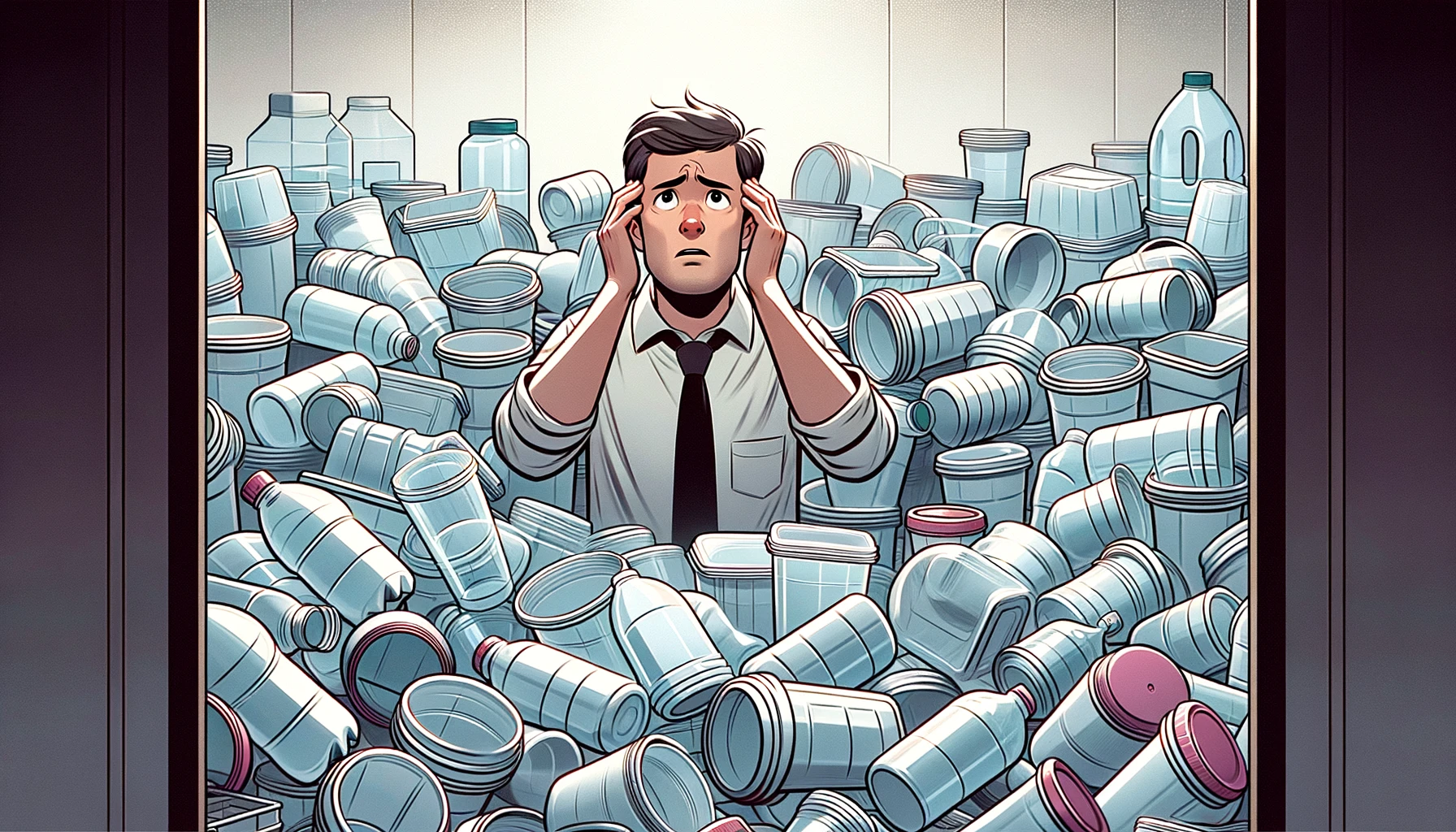
In a recent ruling by the Pretoria High Court in the case of Macneil Plastics (Pty) Ltd v Van Den Heever No and Others (2024 (1) SA 468 (GP)), clarity was provided on the interplay between liquidation and business rescue proceedings. This case highlights the complexities businesses face during financial distress and emphasizes the legal boundaries that govern such processes.
Background
Macneil Plastics appealed against an order regarding payments made by Water Africa Systems to Macneil after Water Africa’s final liquidation but before it entered business rescue. The appeal scrutinized whether business rescue proceedings have the effect of terminating ongoing liquidation proceedings or simply suspending them.
Court’s Decision
The court determined that business rescue proceedings do not terminate liquidation but suspend it. This means that the “concursus creditorum,” the body of all creditors, remains unchanged from liquidation to business rescue.
Key legal points established were:
- Business rescue proceedings suspend but do not terminate existing liquidation proceedings, maintaining the original concursus creditorum as per the Companies Act 71 of 2008, Section 131(6).
- Dispositions made by a company after its final liquidation but before business rescue are void as per the Companies Act 61 of 1973, Section 341(2).
The court dismissed the appeal, affirming that payments made after final liquidation but before business rescue were void and could not be retroactively made valid by the business rescue process.
A pivotal quote from the judgment stated: “When the impugned payments were made the company was already placed under final winding-up. The legal position regarding a disposition made after granting the winding-up order was that they were void because control rested with the Master and the liquidator.” (Paragraph 23)
The court further elaborated: “The provision in s 131(6) was clear on the effect a court order placing a company in business rescue had upon the pre-existing winding-up order — it remained in place, not terminated, but suspended, until the court, upon the application of the business rescue practitioner, determined that such suspension would be lifted.” (Paragraph 40)
Frequently Asked Questions
- What is business rescue? Business rescue is a legal process aimed at facilitating the rehabilitation of a financially distressed company.
- How does business rescue interact with liquidation? Business rescue suspends the liquidation process, allowing for possible recovery, but does not terminate the original liquidation proceedings.
- What happens to payments made after liquidation but before business rescue? Such payments are considered void and cannot be validated by the business rescue process.
- Can business rescue reverse the decisions made during liquidation? No, business rescue cannot reverse or validate void dispositions made after a winding-up order.
- What is the ‘concursus creditorum’? It refers to the collective body of creditors in a liquidation scenario, which remains unchanged during the suspension period if a business rescue is initiated.
Understanding the legal intricacies of financial distress is crucial for businesses. The Macneil Plastics case serves as a clear example of how the courts interpret and enforce the delicate balance between liquidation and business rescue proceedings. It stands as a guidepost for companies, creditors, and legal professionals navigating similar challenges.











